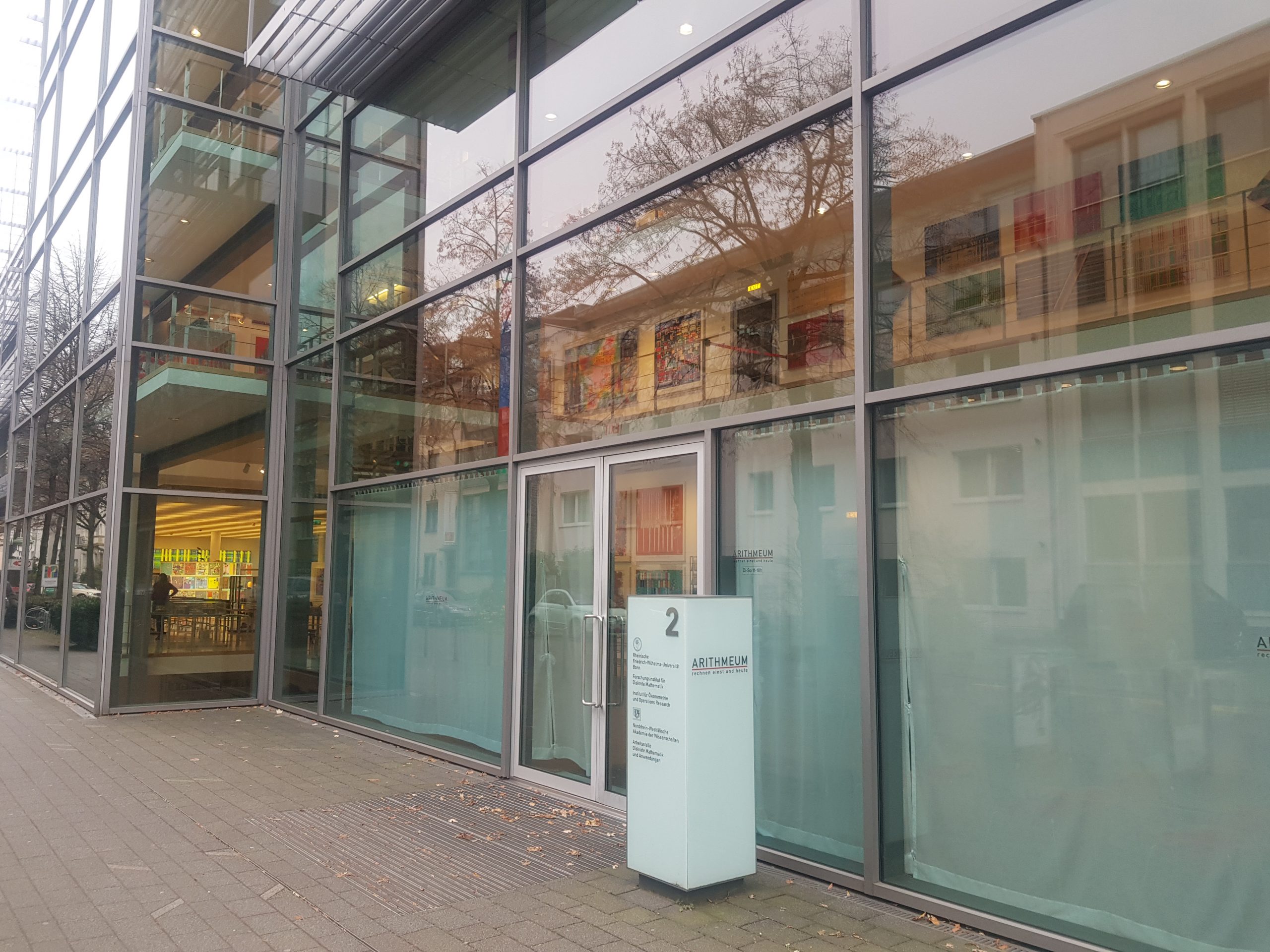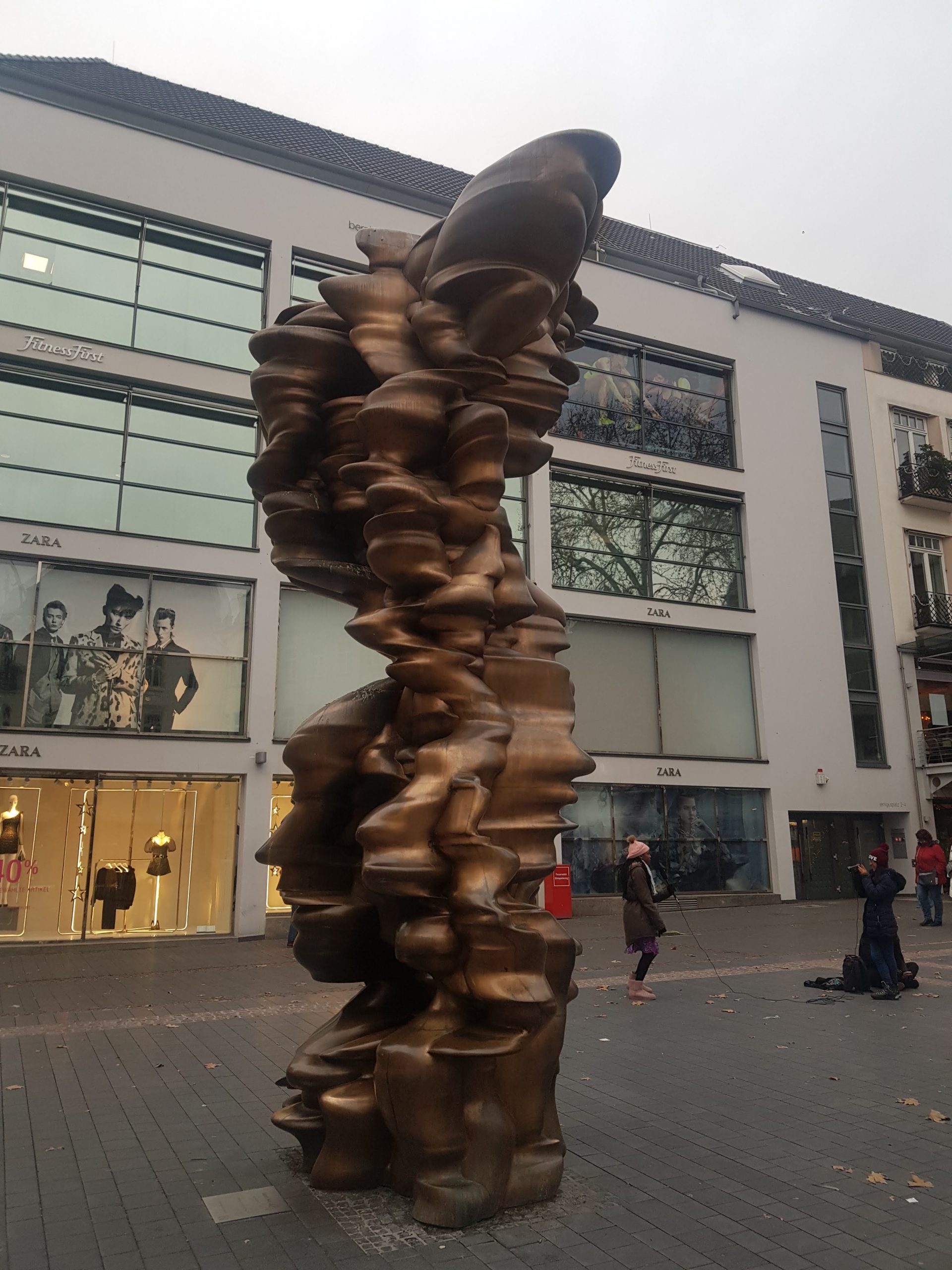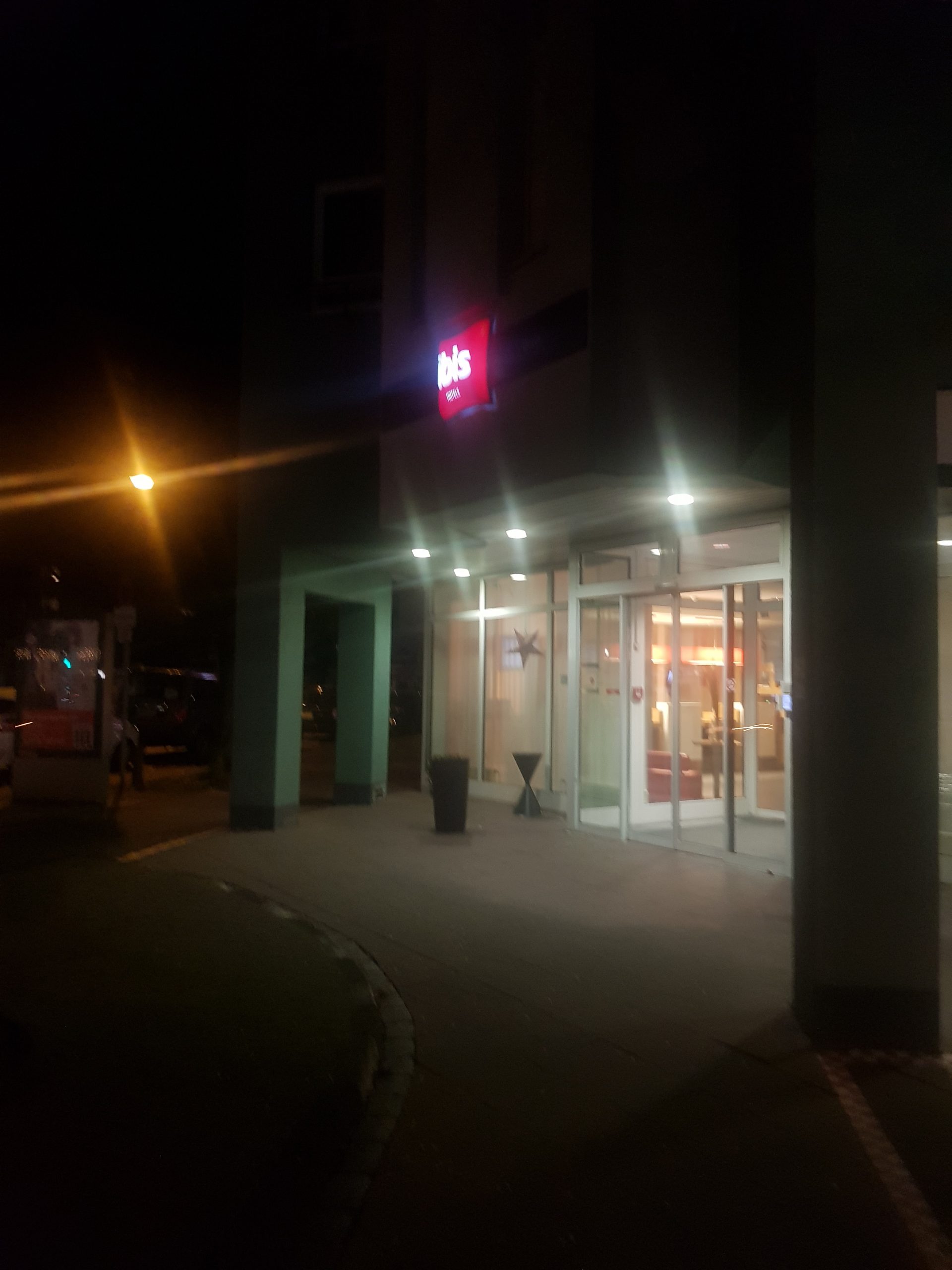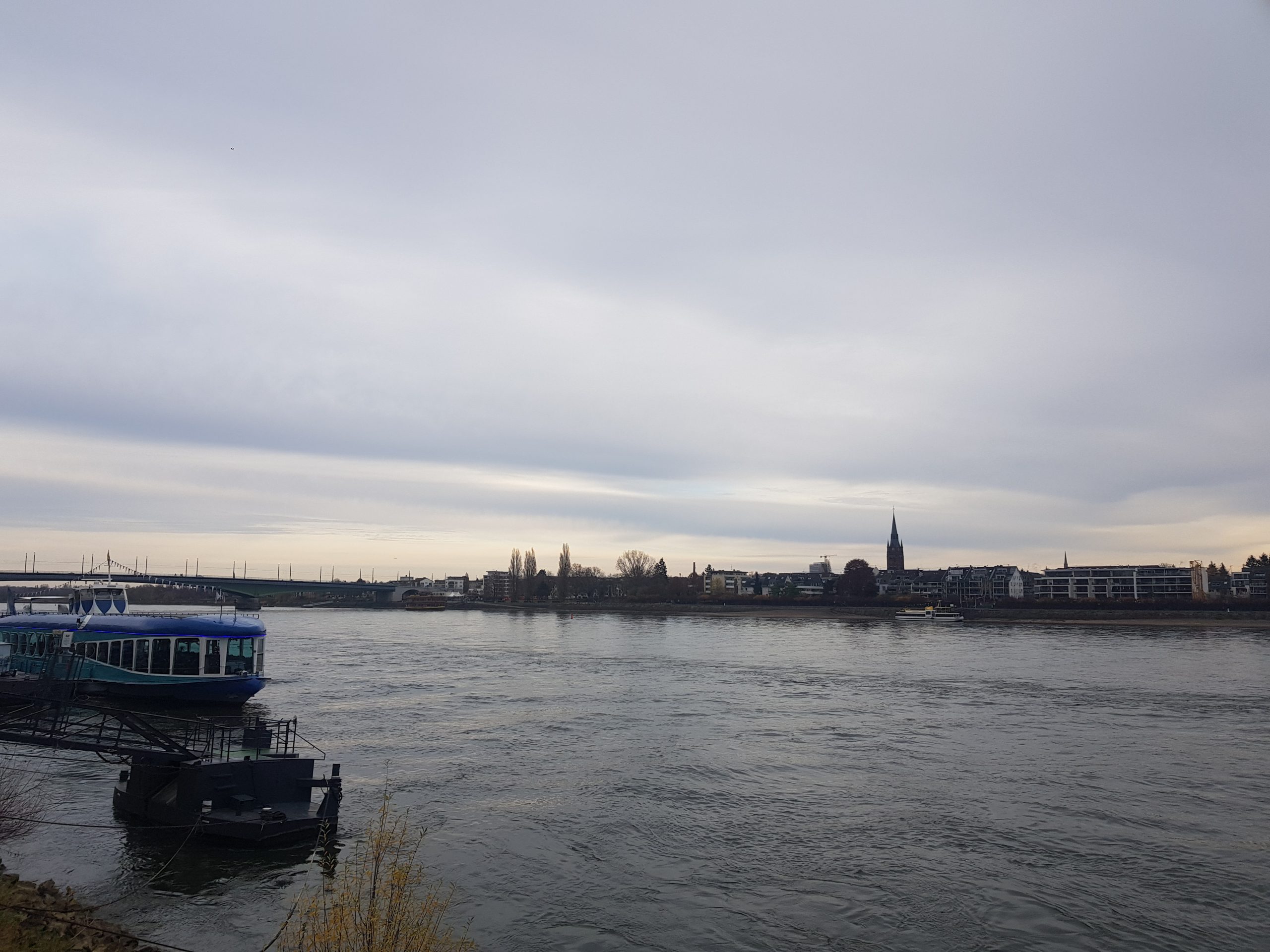Bonn – Arithmeum
Imagine the scene during the morning planning meeting of what locations we should visit during the day. Agreement was soon made about a well reviewed museum which was holding a special exhibition on the UK and about food and drinks locations. I then realised there were several other museums and started reading them out.
Then there was a dialogue something like:
“There’s a natural history museum, a Beethoven museum, a local history museum, a maths mus……” – Julian
“A maths museum?!?!?” – Nathan
“Er, yes, it’s probably awful though and it might be shut” – Julian
“We’re going anyway” – Nathan
Just marvellous. Here we are in Bonn, and there’s a plan to go to a bloody maths museum to look at calculators. And it was clear that the museum didn’t even have a cafe. I made a mental note (just quietly to myself to avoid offence) to travel in future only with friends who don’t have a first class honours degree in Maths.
We entered the museum, which I was hoping was shut, and the welcome there was really engaging from the staff member. I think it’s fair to say that the museum wasn’t exactly packed with other visitors, but it had a really relaxed atmosphere to it. The warm staff member (as in friendly, she wasn’t hot) mentioned that we could go in and out at any time if we wanted to visit a cafe or similar, but I thought one entrance would be enough for me.
My interest was piqued by being told that we could play with some of the exhibits. I had visions that I could type things in calculators to amuse me, so that seemed quite exciting. Little did I know that Nathan, who is meant to be a married man who has long since gone by childish urges, would nearly screech with excitement at an abacus. This is actually a lie, there was no nearly about it, he ran towards an abacus. I managed to contain my excitement.
This was my favourite of the machines to play on, it allowed users to work out addition, subtraction, multiplication and division by what seemed a random turning of wheels.
There were complex instructions, over many pages, on how to use the machine. I didn’t really understand most of it, but Nathan amused himself twirling wheels and getting results using logic that seemed vastly complicated. I pretended I understood it though. We went through every single form of calculation possible on the machine, and it was surprisingly exciting to see the correct answer appearing on the machine.
There were English translations available for nearly everything, although it occasionally took some effort to find the right sheet from the pile.
Napier Rods, which made as much sense to me as salad. I was sure there was a use for it, but I couldn’t see how it was relevant to me. Nathan was busy spinning rods and coming up with random numbers, which appeared to be correct. I wouldn’t be surprised to see that he’s built himself some of these for use during the darker winter evenings.
I was shown how to use a slide rule, which seemed a very complex piece of equipment. When I didn’t understand things I assumed that the machine was broken, but Nathan treated such things as some sort of mental agility challenge and attempted to solve them. This is why I didn’t do a Maths degree though, it’s much easier to meander around the subject when writing about philosophy, politics and economics. Although I got a 2:1, which I claim is the same as a first in Maths. Nathan doesn’t, but mathematicians can be very contrary. I think it’s their binary thinking, rather than my fluid thinking.
An automatic voting machine (the counting is automatic, not the voting) which was one of my favourite exhibits.
This is a recreation of part of the difference engine completed by Charles Babbage in 1833.
A clocking-in machine from the early twentieth century.
A display of counting machines.
I like old books, so was intrigued at this. There was a sudden screech of excitement (there had been many of them that I haven’t noted) when Nathan saw an early printing of a book by Isaac Newton. I was glad that there were no other visitors in the museum at this point.
Not accessible to the public, this is one of the store rooms of the museum.
So, the museum wasn’t as bad as I had anticipated, especially given just how friendly the welcome was. Indeed, and I won’t tell Nathan this, the museum was actually entertaining and it only cost €2 each to get in. There was a limited amount of information about later calculating machines, so not much into the modern era and the evolution into computing devices.















